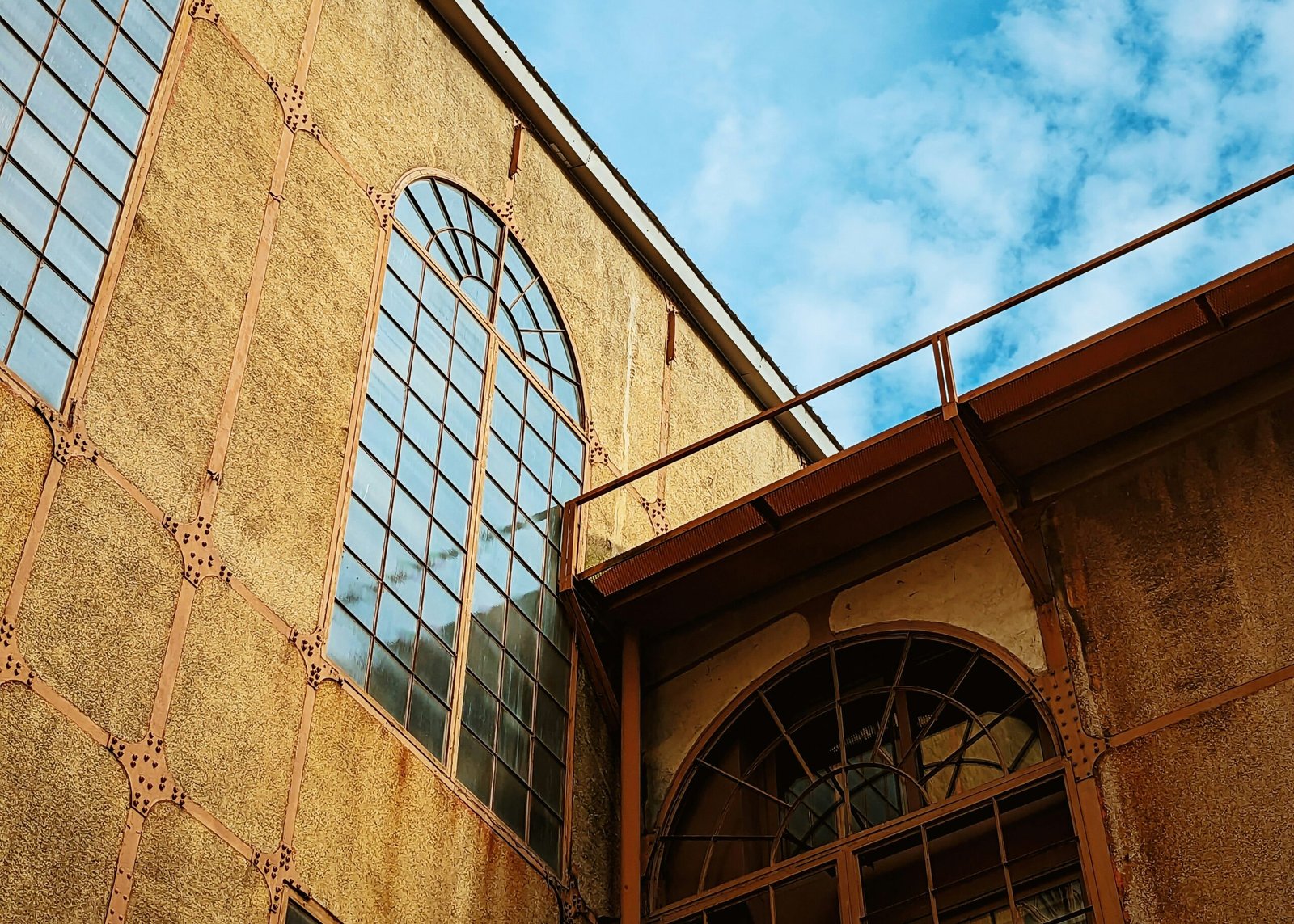Inspect and Clean Your Heating System
As the autumn season approaches, the importance of inspecting and cleaning your heating system becomes paramount. With colder temperatures on the horizon, ensuring that your furnace or heating unit operates efficiently is critical to maintaining a comfortable and safe environment in your home or business. A well-maintained heating system not only fosters comfort but also enhances energy efficiency, which can significantly reduce heating costs.
One of the first steps in this process is to replace or clean the air filters of your heating system. Depending on the type of filters your unit uses, this task should be done every one to three months. Clogged filters restrict airflow and can lead to increased energy consumption, making your system work harder than necessary. Clean filters allow for optimal airflow, ensuring that your heating system operates efficiently throughout the colder months.
Additionally, inspecting for any potential leaks in your heating system is vital. Small leaks can lead to significant energy losses, which not only affects your pocket but can also compromise the overall effectiveness of your heating unit. If you notice any unusual noises or decreased performance from your heater, it is wise to check for leaks and rectify them as soon as possible.
Furthermore, scheduling professional maintenance is imperative, especially if you haven’t had your system serviced in over a year. A qualified technician can perform a comprehensive inspection, identify any underlying issues, and address repairs or adjustments that may be necessary to ensure efficient operation. Regular professional maintenance helps to prolong the lifespan of your heating system, ensuring that it remains a reliable source of warmth during the chilly months ahead.
To summarize, inspecting and cleaning your heating system is essential as you transition into the fall season. Regular maintenance not only promotes comfort but can also contribute to energy savings, making this an important step for any property owner.
Seal Windows and Doors
As autumn approaches and temperatures begin to drop, ensuring that your home or business maintains a comfortable indoor climate becomes essential. Drafty windows and doors are major culprits of heat loss during the fall and winter months, and effectively sealing these gaps can lead to improved energy efficiency and lower heating costs.
To identify drafts, it is advisable to conduct a thorough inspection of all windows and doors. One effective method is to perform a simple hand test: on a breezy day, run your hand around the edges of the windows and doors to detect any cool air entering. Alternatively, you can use a candle or incense stick; the flame will flicker if there is a draft. Once identified, addressing these air leaks becomes necessary to maintain energy efficiency.
The most common methods for sealing windows and doors involve using weatherstripping and caulking. Weatherstripping is ideal for movable parts such as the sashes of windows or the frames of doors. It is available in various materials, including foam, rubber, and metal. When properly installed, weatherstripping can conform to the shape of the opening, creating a tight seal that prevents air leaks.
For stationary fixtures, caulking is preferred. It is particularly effective for sealing cracks and gaps around window frames, baseboards, and door frames. When applying caulk, ensure that the surface is clean and dry. A smooth application will seal any openings effectively and contribute to an overall energy-efficient environment.
In summary, sealing windows and doors is a critical fall maintenance task that not only enhances comfort but also promotes energy efficiency. By taking these steps, property owners can enjoy a consistent indoor climate while reducing heating expenses throughout the colder months.
Prepare Your Plumbing for Freezing Temperatures
As temperatures begin to drop during the fall months, it becomes crucial to prepare your plumbing system for the impending cold. One of the most effective strategies to prevent costly plumbing repairs is to insulate exposed pipes. Areas of your home or business that are prone to temperature fluctuations, such as basements, attics, and garages, are particularly vulnerable. Insulating these pipes will help maintain their temperature and can significantly reduce the risk of freezing. Foam pipe insulation sleeves or wrapping can provide the necessary protection.
Another essential step is to drain all outdoor faucets and irrigation systems. Water left in these pipes can freeze and expand, leading to severe cracks and breaks. To properly drain your outdoor faucets, turn off the water supply to these fixtures from inside your home. After shutting off the supply, open the outdoor faucet to allow any remaining water to escape. Additionally, consider using a faucet cover to provide extra insulation against freezing temperatures.
Maintaining a consistent thermostat setting is also vital during colder months. Ensure that your indoor temperature remains above 55 degrees Fahrenheit, even when you are away. This is especially important for unoccupied spaces, as thermostats that are set too low can lead to freezing pipes. If you plan to travel, consider investing in a smart thermostat that allows you to monitor and adjust your home’s temperature remotely.
Furthermore, identifying and addressing any drafts in your property can further protect your plumbing. Check windows, doors, and foundation areas for gaps, and use weather stripping or caulking to seal them. Taking these preventive measures will help mitigate the risk of pipe bursts due to freezing temperatures, saving you from potential water damage and expensive repairs in the long run.
Check Smoke and Carbon Monoxide Detectors
As fall sets in and temperatures begin to drop, households and businesses prepare for increased use of heating systems. This transition underscores the critical importance of safety, particularly regarding smoke and carbon monoxide detectors. Regular checks of these devices should be an essential part of any fall maintenance routine to mitigate the risk of fire and carbon monoxide poisoning.
First and foremost, it is advisable to check the batteries in smoke and carbon monoxide detectors. Experts recommend replacing batteries at least once a year, and fall is an ideal time to incorporate this practice into your maintenance schedule. If the detectors emit a chirping sound, this is an indication that battery replacement is needed. For detectors that are hardwired into the home’s electrical system, ensure that they are still functioning properly and consider scheduling service to check for any issues.
In addition to battery checks, it is important to test each smoke and carbon monoxide detector monthly to guarantee functionality. This simple task involves pressing the test button on the device. If the alarm sounds, you can be assured it is operational; if not, check the device against the manufacturer’s instructions or consider replacing it. Experts recommend replacing smoke detectors every 10 years and carbon monoxide detectors every 5 to 7 years, given the wear and tear on these devices over time.
Lastly, maintaining clear access to these devices is essential so that they can operate effectively. Ensure that vents are unobstructed and that the detectors are installed in proper locations, away from kitchens to avoid false alarms. By adhering to these guidelines and regularly inspecting smoke and carbon monoxide detectors, you can significantly enhance safety measures in your home or business this fall.
If you’re interested in purchasing the item you seek, please click the link for additional details: #americanachoice.
https://amzn.to/3SBN3Oy
AFFILIATE DISCLOSURE: I am an affiliate for this company, I am not a paid employee.
I may receive a commission if you click a link on this page and choose to purchase something.
You can rest assured I will only share things I believe in and will be valuable to you.



